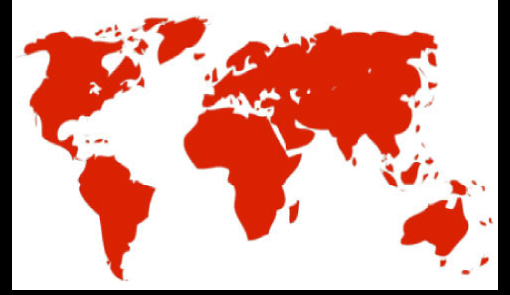Print  |
|


From Dogons to Ch’tis
With the Dogon people from Mali, children are endowed with speech (so) when they are born, when they go from the state of silent fish in the mother-water to the state of little man on the planet. After the expulsion of the placenta, the mother splutters water – element the baby has just left, which is the very essence of life – on his face. In contact with the droplets, the baby screams: he has officially been endowed with speech. And the teeth of the woman through which the water passed are like the comb of the weaver who weaves the threads of the fabric to become: language.
Before drinking their mother’s milk, babies drink sá water (sá dì), a very sweet drink obtained from the fruit of the Lannea acida, a plant called soon in Wolof, bembay in Fula, pekuni in Bambara and dugun in Serer. The shrub is a symbol of life winning over death because it flourishes during the dry season. Sá water, considered as the sweetest drink by Dogon, puts children under the protection of Nommo (the saviour, son of Amma, eternal and uncreated.)
Young Dogons first learn how to speak with their mother. As long as they carry them on their back, they use baby language, the first word being mammam, meaning “to drink”. When a mother teaches her baby to walk, she guides his steps while stressing the syllable tà tà tà (an abbreviation of tànala “to walk”). At this age, the child utters the dentals dà (“mummy”) and dé (“daddy”). When the child stands alone, the mother stops the childlike language in favour of the adult language. She shows him objects while repeating the words many times with a voice as sweet as sà water. As long as she’s breast feeding (until the age of 2), the mother speaks her own dialect with her child (she often comes from another village). The Dogon child understands and thus speaks the mother dialect first, but when older, he will have to use the dialect from his father’s village, where he lives, since the residence is patrilocal.
When a little boy is weaned, he can follow his father in the bush. The latter teaches him the name of animals, plants, agricultural tools and techniques. Little girls on the other hand are educated by their mothers and the father never interferes.When they are old enough to stray from their parents, little Dogon boys and girls go and play with their older siblings and their friends. As all children around the world, they teach them games and the relevant language. They are the ones who introduce them to the subtleties of “village mocking”, jokes between the residents of the towns and villages belonging to the same linguistic area in order to mock the accent, the vocabulary particular to some people and the typical faults of the residents. To what purpose? Using laughter as a therapy or how to defuse tensions by mastering the art of having a dig and snapping back.
In France, the success of the film “Bienvenue chez les Ch’tis” confirms the interest shown by homo sapiens in mocking village, or rather regions. Which brings us to thinks that from the North of France to the cliffs of Bandiagara, diversity isn’t an element of trouble, but an actor of balance: people are brought closer to their origins and have a stronger feeling of belonging to a particular society and culture, thus enabling them to assert themselves as part of a group.
Félicie Dubois
(Based on “Ethnologie et langage” by Geneviève Calame-Griaule, Ed. Gallimard, 1965.)








